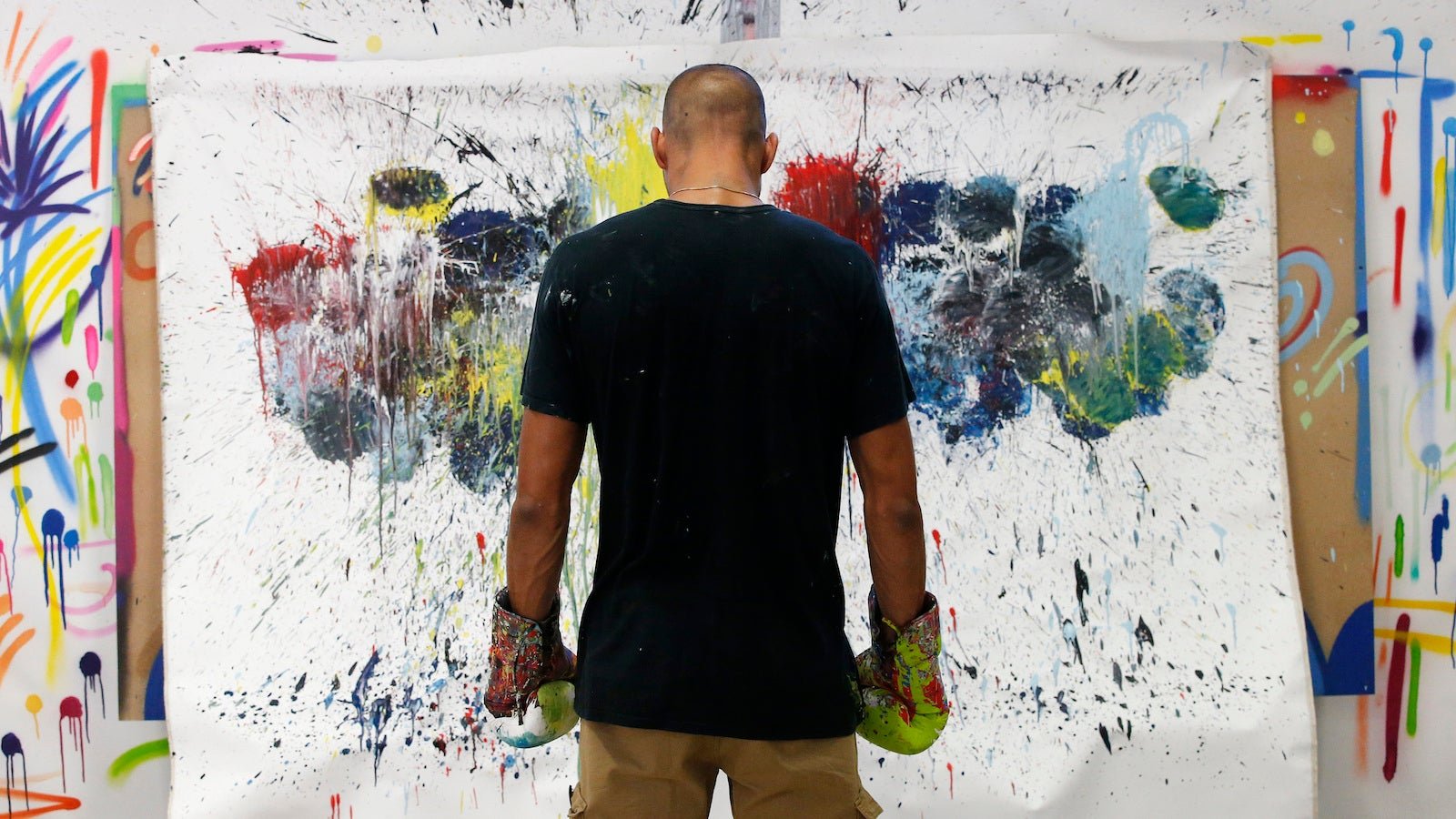Creativity will be the source of our next industrial revolution, not machines
Growth in the first industrial revolution was driven by engineering, the second through electricity and production lines, and the third by technology and information. The modern economies that will undergo a fourth industrial revolution will not be those that worship machines, but those that support human creativity. When we understand how people think and work best, we will be compelled to put our workers’ well-being first in the name of both health and economic productivity.


Growth in the first industrial revolution was driven by engineering, the second through electricity and production lines, and the third by technology and information. The modern economies that will undergo a fourth industrial revolution will not be those that worship machines, but those that support human creativity. When we understand how people think and work best, we will be compelled to put our workers’ well-being first in the name of both health and economic productivity.
For centuries, human health has been systematically traded for economic growth. The word labor originated in medieval Europe during a decline in slavery and widespread adoption of money, and symbolizes the monetization of human skill: “productive work, especially physical toil done for wages.” Its modern definition, and how we perceive productivity, came about through the process of industrialization.
The first, second, and third industrial revolutions
In the mid-17th century, the nature of work changed when rural, agrarian societies shifted to become urban and industrial. Economic growth meant going underground for energy and into factories for manufacturing. The detrimental effects to workers’ health in these industries are well documented: In the name of financial gain, miners and factory workers were subject to hazardous conditions that often resulted in illnesses, physical pain, and early death.
The first industrial revolution presented economic opportunities fraught with dangerous labor. The tradeoff of well-being for economic benefit was clear: Employers knowingly ran businesses that paid workers not just for their time, but also for their health.
Over time, machines took over from humans in dictating the pace of production, and working hours soared. Rising demand outpaced supply, meaning that businesses could maximize profits by manufacturing around the clock. An extensive study by the International Labour Organization (ILO) into working hours explains how the concept of “working time” in early industrialization was based on the perception that hours spent outside work were regarded as “lost time.”
Through these developments, the perceived dichotomy of work and life emerged: Work is the time dedicated to economic gain, while life is the time spent on our mental and physical needs. Four hundred years later, our contemporary culture of “living for the weekend” is a reflection of how this form of exchange became an accepted aspect of our existence.
The fourth industrial revolution
Western countries now firmly in throes of the third industrial revolution successfully shifted from manual to skilled labor. Yet the mentality that time spent outside work is “lost” hasn’t changed. The ILO study points out that even a recorded decrease in working hours is shaky because of the institutionalization of overtime and out-of-office work, such as mindlessly replying to emails on your phone.
One example of how businesses and organizations are trying to create a more effective workforce is not actually based in work, but in the office spaces in which it is conducted. The new wave of “fun” workplaces that are now standard in high-tech companies is a continuation of finding solutions to the wrong problem; the aim of such designs is often to encourage longer work hours and company loyalty. Facebook went as far as offering workers $10,000 to live closer to the office.
However, the link between an employee spending more time in the office and being more productive with their time is rather tenuous. Workers might clock more hours and stay longer at a company if the surroundings are comfortable, but the assumption that this makes them better at what they do is unfounded.
Another design-based example is open-plan offices. In the push to lower overheads—and under the false assumption that it would encourage better working practices—private rooms were traded for non-divided workspaces. This resulted in environments that increase stress, particularly due to noise. Stress has become the dominant cost to human health at work. A 2016 report found that stress accounted for 37% of all work-related ill-health cases in the UK and 45% of all working days lost due to ill health.
Studies carried out as early as the 1970s have shown that stress can be beneficial for performing simple or familiar tasks, but detrimental to ones requiring complex, flexible thinking. The prefrontal cortex is an area of the brain associated with executive function, which contributes to decision making, predictions, and many of our highest cognitive processes related to learning and imagination. Increased levels of catecholamine released during stress harms the performance of the prefrontal cortex, including persistent loss of these functions from chronic stress. Naming just one aspect of how working conditions affect us cognitively, there are many more that stem from our environmental and social context.
As robots increasingly take on manual labor, we will need to foster what differentiates human from machine (at least for now): creativity. Evidence that psychological and physical well-being is paramount to creative thinking will turn the historic exchange of human health for economic growth on its head. As Klaus Schwab, founder of the World Economic Forum writes, “I am convinced of one thing—that in the future, talent, more than capital, will represent the critical factor of production.”